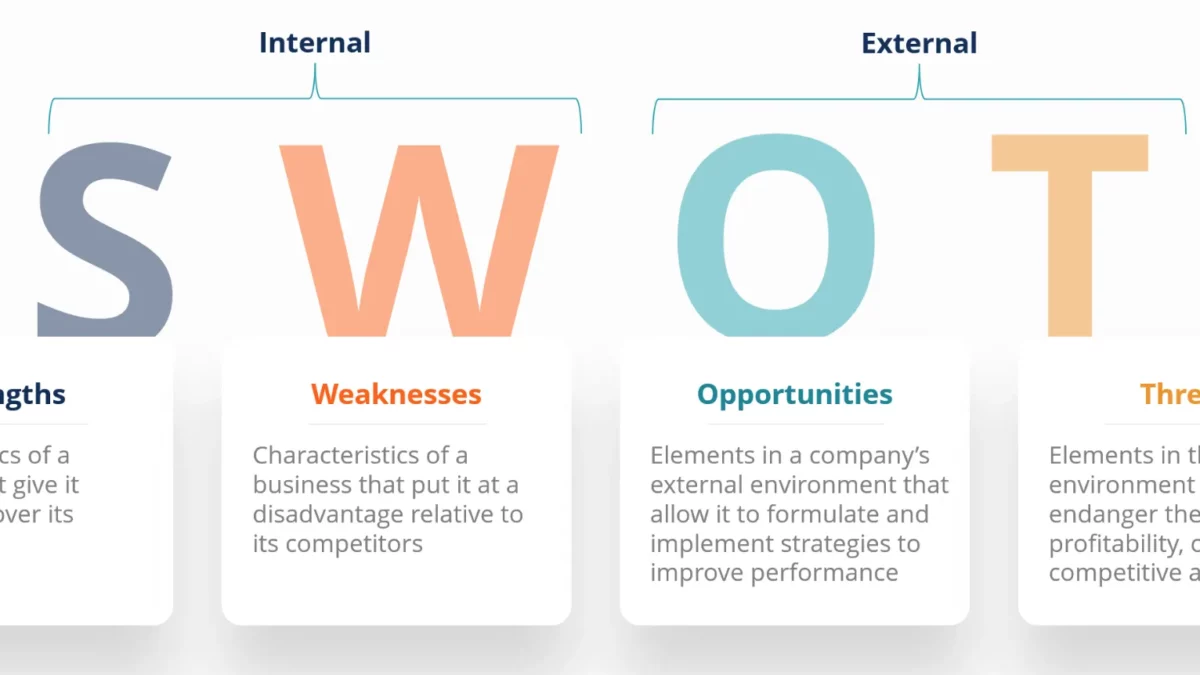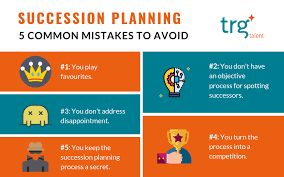
Market segmentation is the process of dividing a market into smaller groups of consumers who share similar characteristics and needs. This allows businesses to target their marketing efforts more effectively and efficiently.
There are many different ways to segment a market. Some common segmentation variables include:
- Geographic segmentation divides the market by location. This could include countries, regions, cities, or even neighborhoods.
- Demographic segmentation divides the market by factors such as age, gender, income, education, and occupation.
- Psychographic segmentation divides the market by factors such as personality, lifestyle, and values.
- Behavioral segmentation divides the market by factors such as purchase behavior, usage rate, and loyalty.
Once a business has identified its target market, it can develop a marketing mix that is tailored to the needs of that group. The marketing mix includes the four Ps of marketing: product, price, place, and promotion.
- Product refers to the goods or services that a business offers. The product must be designed to meet the needs of the target market.
- Price refers to the amount of money that consumers must pay for the product. The price must be competitive and must reflect the value of the product to the target market.
- Place refers to the distribution channels that a business uses to make its product available to consumers. The place must be convenient for the target market and must make it easy for them to purchase the product.
- Promotion refers to the activities that a business uses to inform consumers about its product and to persuade them to buy it. The promotion must be tailored to the target market and must be effective in reaching them.
Market segmentation is an important tool for businesses of all sizes. By segmenting their market, businesses can target their marketing efforts more effectively and efficiently, and they can develop products and services that are more likely to meet the needs of their target market.
Here are some examples of how market segmentation can be used by businesses:
- A clothing retailer might segment its market by age, gender, and lifestyle. For example, it might target young women with trendy fashions, middle-aged men with casual clothing, and older adults with comfortable clothing.
- A restaurant might segment its market by cuisine, price, and location. For example, it might offer a casual dining experience with American cuisine in a downtown location, a fine dining experience with French cuisine in a suburban location, and a fast food experience with Mexican cuisine in a shopping mall.
- A car manufacturer might segment its market by price, features, and performance. For example, it might offer an entry-level car with basic features, a mid-range car with more features, and a high-performance car with the latest technology.
Market segmentation is a powerful tool that can help businesses to improve their marketing efforts and to achieve their business goals. By understanding their target market and by tailoring their marketing mix to meet the needs of that market, businesses can increase their sales, improve their profitability, and build a strong competitive advantage.
Here are some additional tips for using market segmentation effectively:
- Use multiple segmentation variables to create more accurate and detailed profiles of your target market.
- Keep your target markets as small as possible so that you can tailor your marketing mix more effectively.
- Monitor your target markets and make adjustments to your marketing mix as needed.
By following these tips, you can use market segmentation to improve your marketing efforts and to achieve your business goals.





